The Grand Canyon can only truly be appreciated from deep within its walls amidst the raging, Class VI+ whitewater of the Colorado River. Rafting the Grand Canyon is a bucket list trip, and you can make it happen.
My wife and I are currently in month four of a yearlong road trip. When planning our trip across the U.S., we only booked one non-backpacking excursion in advance: a rafting trip through the Grand Canyon. We’d both separately seen the canyon from the rim, quickly peering over the edge before rushing back to our cars and driving away. But spending a week on the Colorado River below was a dream we couldn’t shake.
From planning and experiencing our seven-day, 189-mile rafting adventure through the Grand Canyon, we learned a lot. Here’s a rundown of our particular trip and what you need to know to begin planning yours.
How to Plan a Grand Canyon Rafting Adventure
Because neither of us had enough whitewater experience to apply for a private Grand Canyon rafting permit, we began looking at the various guided opportunities. We quickly found out there’s a ton of options, and they sell out fast.
Outfitters
There are currently 16 different outfitters that guide trips through the Grand Canyon. They vary in their itineraries, gear provided, and type of raft they run. Ultimately, you decide what type and length of trip and then narrow your search by the outfitters with those requirements.
Various Trips
There are several different raft types: motor, oar, paddle, hybrid, and dory (outlined below). Each provides a unique experience and travels at different speeds, covering more or fewer miles per day. There are pros and cons of each of these raft types.
Motorized trips are more common and therefore more available. We opted for a motorized raft trip so that we could cover the most distance in our weeklong time limit.
Grand Canyon Raft Types
- Motor: Longer boat (roughly 35 feet) powered by a quiet four-stroke outboard motor. The raft is steered entirely by a captain and covers more distance per day than nonmotorized rafts. More space is available for storage and people (about 15 people per raft). Motor rafts are the most popular of all raft types.
- Oar: A smaller raft type placing (typically) six to eight passengers closer to the water and the rapids. A guide rows the raft, and passengers typically aren’t required to paddle.
- Paddle: The smallest raft type, seating six to eight people. Passengers are given a paddle and are required to paddle full-time for days in succession, including through rapids (with the instruction and lead of a guide). These are the most physically demanding trips.
- Hybrid: Hybrid trips pair oar rafts with paddle rafts. Typically, four oar rafts and one paddle raft are used on rotation among passengers. This allows them to take turns resting in the oar boats and paddling against the fierce rapids in the paddleboat.
- Dory: Dory rafts are classic, rigid boats made of hardwood. They’re beautiful, extremely agile, and travel slightly faster than oar rafts. A guide rows the dory while up to four passengers enjoy the view. These trips are the rarest, with only two of the 16 outfitters offering dory trips.
Some trips float all 280 river miles through the Grand Canyon from Lees Ferry to Lake Mead. Others take on only the upper or lower canyon or float any number of miles from Lees Ferry (ours was 189 miles). Still others involve an overnight hike from the canyon rim down to the water, where guides and boats begin the rafting trip mid-canyon. The varying distances help accommodate a range of date availabilities for each of the raft types, from three to 18 days on the water.
Grand Canyon Rafting: Advance Reservations
Most Grand Canyon rafting trips sell out about a year in advance. We booked our seven-day motorized trip six months in advance, luckily securing the last two spots on a trip set for our preferred dates. But we also put our names on a few waitlists, waiting on deck if anybody backed out of their trip.
If your ideal trip is “sold out” and you’re not reserving for a huge party, consider hopping on a waitlist. You might just luck out.
Ideally, though, be ready to book your trip at least one year in advance to secure your preferred trip. Many outfitters stagger the payment, so you have a number of months to back out and not lose a bundle of cash if your plans change.
Speaking of cash, rafting down the Grand Canyon is no cheap endeavor. Expect to pay upwards of $2,000 for a weeklong adventure and around $6,000 for a 17-day Full Canyon Dory trip.
Not sure how to get started planning your trip? One passenger on our trip used and recommended Advantage Grand Canyon, a free website that gathers data from all 16 rafting outfitters and allows users to filter (by start/end date, raft type, canyon route, and/or price) to find and book their perfect trip.
Grand Canyon: 7-Day, 189-Mile Motorized Rafting Trip
In the end, we booked a trip with Arizona River Runners. In full transparency, we shelled out $2,800 per person — probably the most expensive excursion we’ll ever do. The longer oar and paddle rafting trips we had been eyeing were even more expensive. But after all was said and done, it was worth every penny.
Our trip consisted of two motorized rafts, 35 feet long and 15 feet wide. They each held 15 people and our supplies for seven days. In total, we had 25 passengers, two guides, and three other guiding staff members. With flat water constituting almost 95 percent of the river, our rafts didn’t require us to paddle or steer. Plus, with the speed of our motorized craft versus paddle/oar/dory boats, we were able to cover more river miles in our weeklong trip than we could have otherwise.
What Raft Guides Provided
Our outfitter provided almost everything, from bedding (cots, sleeping bags, pillows, sheets, tents, tarps) to meals, snacks, beverages, dry bags, bathroom supplies, and more. We were only required to bring clothes, hiking and water shoes, toiletries, hat, sunscreen, and a camera — all personal items.
A Day in the Life of a Raft Trip
Each day on the river was relatively similar in structure:
We woke up at sunrise to shouts of “Hot coffee! Hot water for tea!” from the guides, stumbled out of the tent, drank coffee, and packed up the bedding. Breakfast calls followed soon after, and the group convened at the makeshift kitchen for a hearty meal (see below). From there, we finished packing and loaded everything onto the boat assembly line-style.
We hit the river around 8 a.m. Everyone sat on the edge of the raft and watched the canyon walls tower above, anxiously anticipating the next big rapids (there’s a number of Class VI+ rapids in the canyon). We floated until noon, then pulled off onto a sandbar and waited for our guides to set up a lunch spread. After lunch, we rafted for another hour or so until pulling over to explore an ancient ruin or nearby waterfall, or hike up a gorgeous side canyon.
Each day, we encountered about 10-15 rapids ranging from Class III to Class VI+. Even in a larger motorized raft, the rapids were thrilling, dousing us with cold river water and challenging our handholds. On the flat water, our guides talked about rock layers and Grand Canyon history.
After floating a few more miles downriver (we averaged about 30 miles per day), we arrived around 3 p.m. at a large sandbar, where we then camped. Everyone helped set up the kitchen, bathroom, and hangout area before rushing around to find an ideal cot spot. Some days we went on hikes from our campsite, and others we just rested or played games. Sooner or later, dinner was ready, and we all ate until we couldn’t anymore — at least, until the call for dessert.
Being monsoon season (July to September, info below), afternoon thunderstorms would often roll in, lasting about 30 minutes. Incredible lightning storms lit up the canyon as rain cooled us off. Many of the tributaries experienced flash floods, bringing tons of silt into the Colorado River and turning it brown. As the stars began to peek out, we called it a day and retreated to our cots to sleep beneath the Milky Way.
Monsoon Season in the Grand Canyon
From July to September, violent thunderstorms are common along the Grand Canyon. With very little topsoil in the surrounding desert landscape, these storms cause flash floods that carry tons of silt and debris through the various side canyons and tributaries, eventually making its way to the Colorado River.
As such, silty brown Colorado River water is common in those months (as shown in these pictures). On the bright side, these rainstorms help cool the canyon down considerably, offering a welcomed reprieve from the typical 100-degree midsummer temps.
In all other commercial rafting months (October and April through June), the Colorado River is generally crystal clear, coming directly from the cool depths of Lake Powell. Though clear water would have been nice, the silty waters on our trip didn’t much affect our experience.
Grand Canyon Raft Trip Meals
Breakfasts, lunches, and dinners were planned and prepared for us. Breakfasts included blueberry pancakes, eggs, and bacon; French toast, bacon, and fruit; omelets; and egg and cheese English muffin sandwiches.
Lunches included expansive build-your-own sandwich spreads, watermelon, chips, cookies, and more.
Snacks were readily available on and off the boat: apples and oranges, Snickers and Paydays, granola bars, suckers, chips, trail mix, M&M’s, and more. Sodas, iced teas, and fizzy waters were chilled in drag-bags in the river and always handy.
Dinners included salmon, rice, and salad; rib-eye steak, potatoes, and veggies; pork chops; lasagna; stir-fry; and a fajita platter.
Desserts included cookies, cast-iron skillet brownies, pineapple upside-down cake, and cheesecake with strawberries.
No, we weren’t roughing it by any means.
Side Hikes and Adventures in the Grand Canyon
With the speed of our motorized raft and the ability to cruise easily through flat-water stretches, we had time almost every day for an optional side hike. One went up to an ancient Puebloan granary and looked down on the Colorado River (a view twice featured on the cover of National Geographic).
Another led us through a narrow slot canyon, while yet another brought us to a 180-foot waterfall with a crystal clear pool at the bottom. Visiting these hidden places deep within the canyon was one of our favorite parts of the trip.
For seven days we lived like this, waking up with the sunrise, rafting through some of North America’s biggest whitewater rapids, watching 5,000-foot walls tower over us, exploring hidden slot canyons, eating gourmet meals on the banks of a river, using the lou in breathtaking locations, and sleeping under the stars. If that doesn’t sound like a slice of heaven, well, what does?
Flying to the Top
To top it off, our trip ended with a helicopter ride up to the canyon rim and a charter flight back to where we started (Marble Canyon Lodge next to Lees Ferry). After being in the heart of the Grand Canyon for a week, it was a fun to get a new perspective of its grandeur from the air.
Yes, it’s expensive. And yes, trips book years in advance. But take any trip down the Grand Canyon, from a three-day weekend trip to a full canyon, 17-day dory epic, and you’ll have no regrets. We did it and just can’t stop telling people about it. You’ll only understand why once you do it yourself.
The post Rafting the Grand Canyon: What to Know About This Bucket List Trip appeared first on GearJunkie.
from GearJunkie https://ift.tt/2Nww0JS
https://ift.tt/2wlPuu7


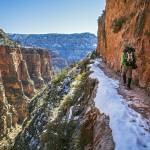
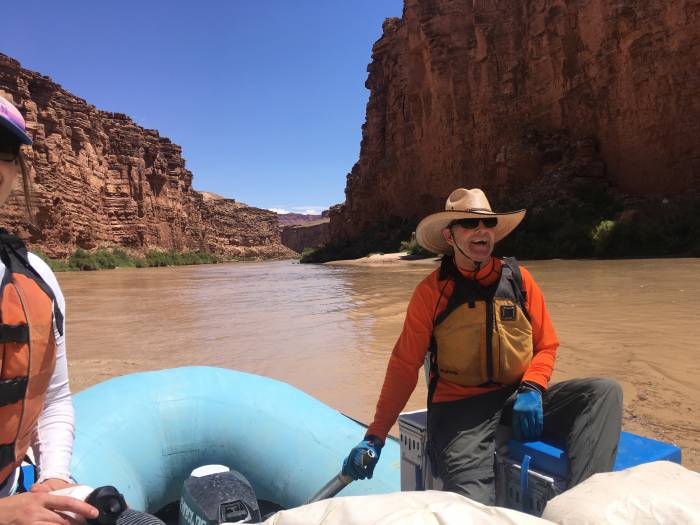
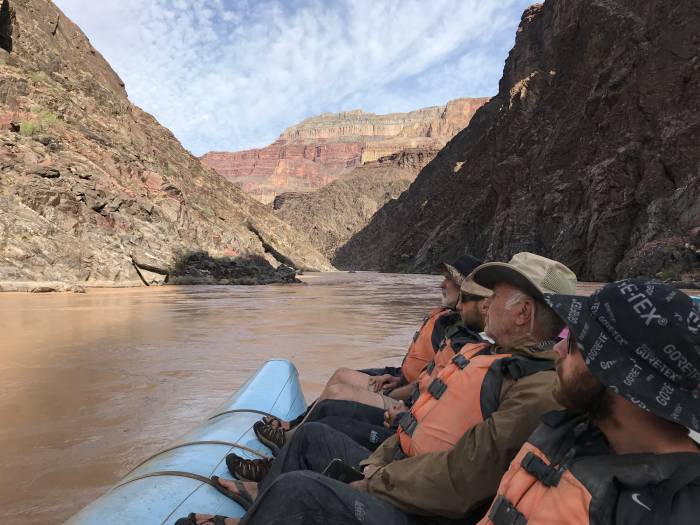
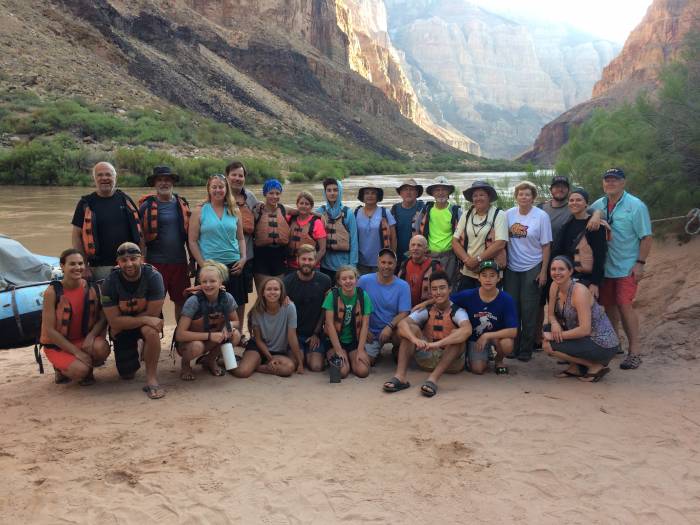
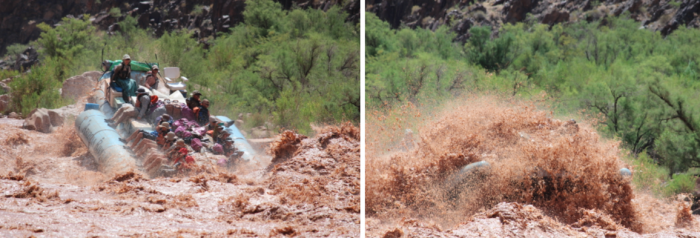

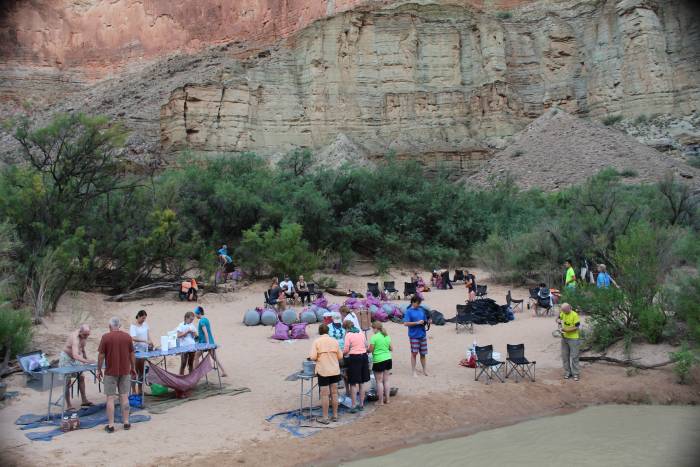

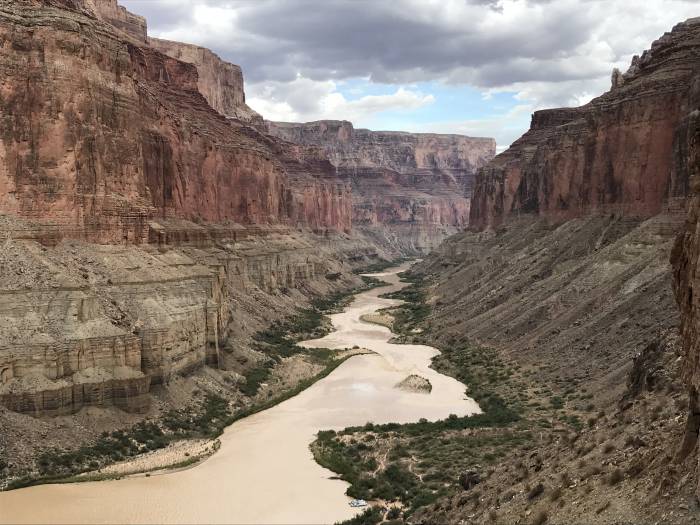
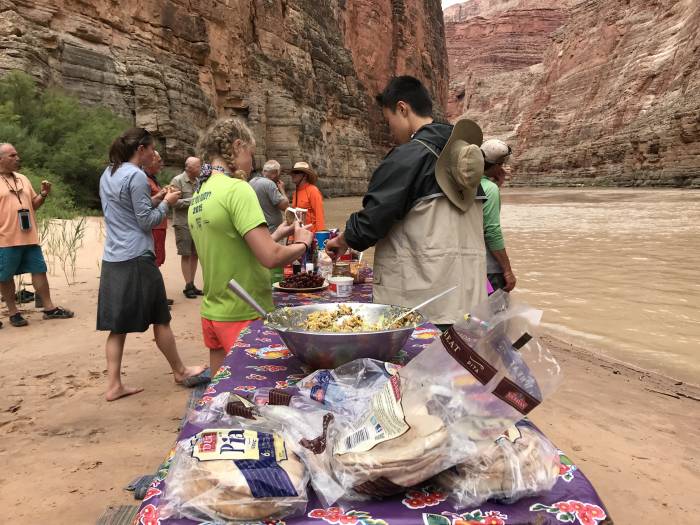

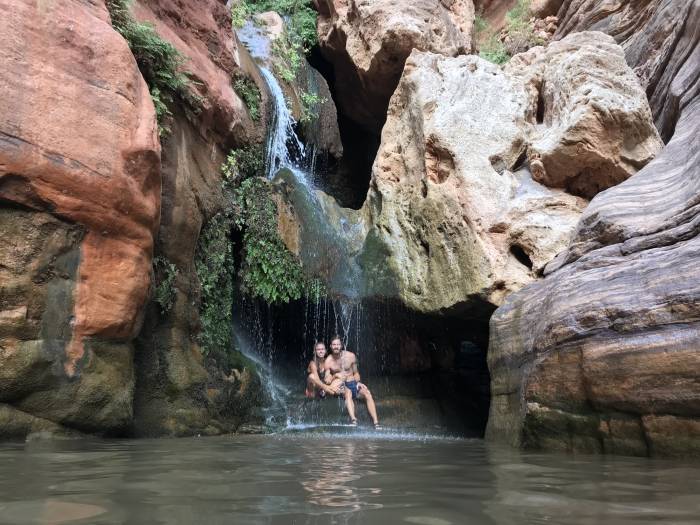
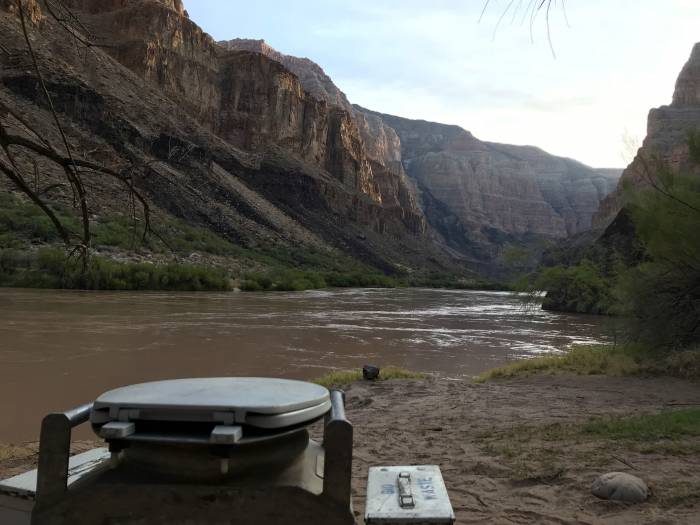
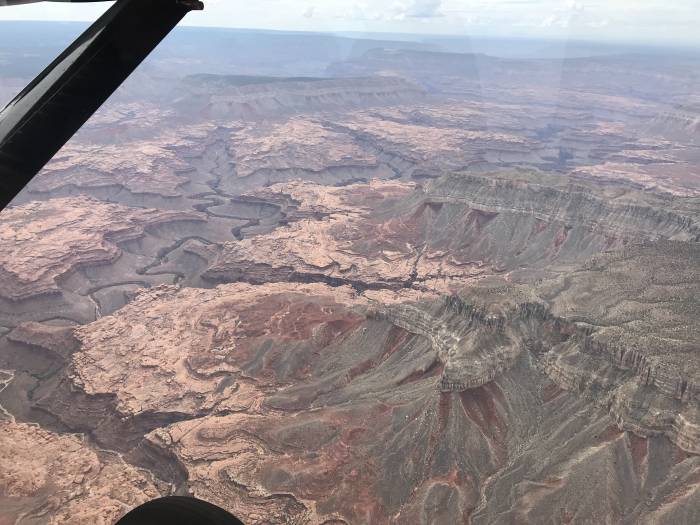
No comments:
Post a Comment